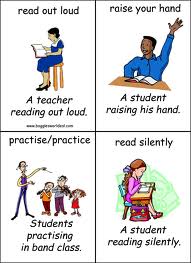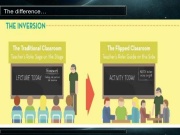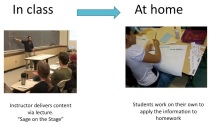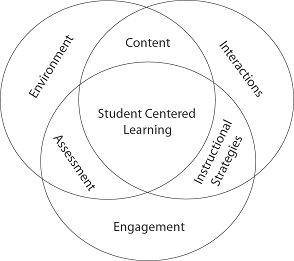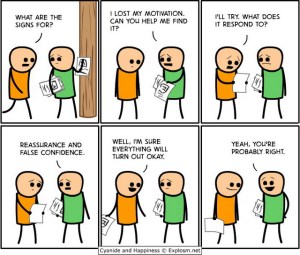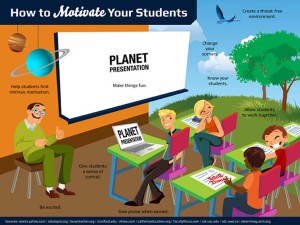Hi everyone,
Welcome to blogelt 🙂
Today’s post is about Computer Games and Language Teaching. Learning with computer games can be considered surreal and unconventional. However, games can be quite instructive and innovative in language teaching. One critical question to start with is “Can we promote language learning by using computer games in class?” The answer is “sure“. Computer games not only entertain and engage users but also promote learning effectively. Then, “How” ?
In his article Materials Production: Theory and Practice, David R. Hall notes that “Most people who learn to communicate fluently in a language which is not their L1 do so by spending a lot of time in situations where they have to use the language for some real communicative purpose.” The conclusion I draw from this line is that the need to communicate is a challenging element of learning a language. While playing a computer game, you may even forget that you use a different language when you try to solve a puzzle, or a mysterious event.
If you are a detective who tries to find the murderer, or a hero who tries to save people or else a doctor, a captain etc., you really focus on what you are doing. Generally speaking, if something challenges you, then you definitely want to go for it. Therefore, when our students play computer games, they will not only be exposed to comprehensible input but also attempt to respond to that input and this will lead to interaction as well.
 As you can see, using computer games in class is able to make learning more effective and enjoyable. The important thing is choosing the right activities and the suitable games for our students and their levels. You can easily engage your digital native students in the lesson if you find the right ones.
As you can see, using computer games in class is able to make learning more effective and enjoyable. The important thing is choosing the right activities and the suitable games for our students and their levels. You can easily engage your digital native students in the lesson if you find the right ones.
Good News: There are many resources you can use!
Digital Play is the most effective e-book on teaching English with computer games I have ever seen. Digital Play was the winner in the Innovation in Teacher Resources category at the 2012 ELTons! You can check this site to have this e-book digital play
It is amazing. You can find tons of activities and ideas in that book. It has a blog as well. You can check it here digital play blog
I would like to share my favourite one which you can find here
Level: Pre-intermediate– Upper Intermediate
Location: Connected Classroom
Skills Focus: Reading and Speaking/ writing Language focus:
Preparation: You can find a copy of the Vortex Point walkthrough here. A walkthrough is a set of instructions that will walk you through the game from the beginning right through to the end telling you how to complete it. If you’ve got this in your hand while you are playing this with a class you can use it if you get stuck.
Game: here
Preplay
1) Before you click play the game dictate three questions as naturally as possible OR if you played the first part of Vortex Point recently then elicit elements about that story: What is the story about? OR What was the last story about? What are the names of the people in it? OR What were the names of the people in it? What do they do? OR What happened in the story? Play the opening sequence in the game and ask learners to write down three predictions about what will happen in the story.
Play Start the game using the walkthrough. If the walkthrough is talk to an in-game character take control of the game yourself. If the the walkthrough is do something then ellicit suggestions from your learners as to what this might be. When text appeared ask for a volunteer to read it out and focused on pronunciation elements and drilled with the class as a whole. Below is a screenshot of the first character that speaks and it’s the second thing she says:
Ask learners about a number of language items as they came up that either . You can encourage them take turns reading out the speech and then asking questions about anything they aren’t sure about (whether it is language or story line). With a higher level that you can practice writing and the narrative tenses. You can stop the game at intervals and ask them to write what is happening in the story using prompts such as “what did they say?”, “What happened?” and “What does your character (the detective) think he should do?”
Post Play It’s a good idea to get personal reactions from your learners on what they thought of the game. If they liked it and which bits they thought were fun. Another activity is to get learners to recount what they saw of the game as a story to a partner. Brainstorming new vocabulary elements from the game onto the blackboard and getting learners to create or expand on their Vortex Point dictionary. Next class you could ask students to come to the board and play until they reach the point you stopped at in the last class and then continue. Word of warning – some of your learners may have gone home and completed the game and so may reveal and spoil key story elements. Note There is a video walkthrough of the game you can watch and pause at for students to discuss, predict etc which is useful if you want to quickly fast forward or back to a section to discuss. The video can be found at the bottom of the page here: walkthrough
—————————————————————————————————————————————————————–
In addition to Digital Play web site and book, there are some other sites you can make use of. They are listed below:
There is a really good guide here
There are awesome educative games here
You can watch this video on Game-Based Learning
Aslı May Aygün
13.01.2014


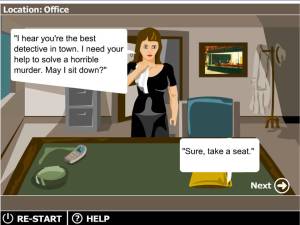

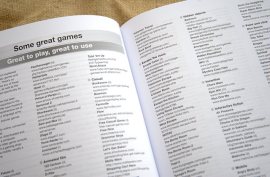

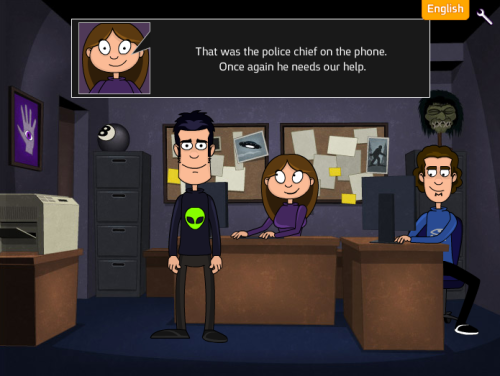

 We’re helping to solve your EFL teaching problems by answering your questions every two weeks. This week’s blog is in response to
We’re helping to solve your EFL teaching problems by answering your questions every two weeks. This week’s blog is in response to 






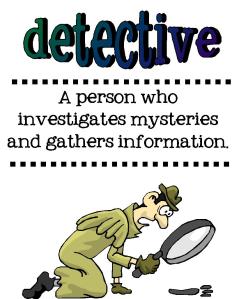
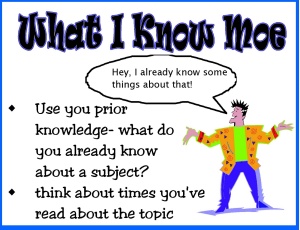
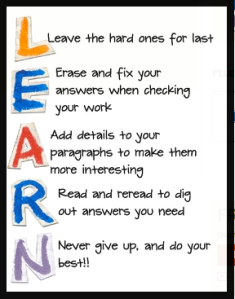

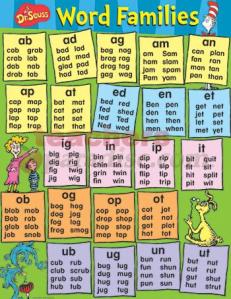
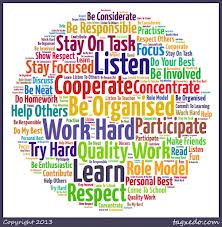
![numeracy-vocabulary-poster-0028--444-p[ekm]206x300[ekm]](https://blogelt.wordpress.com/wp-content/uploads/2013/11/numeracy-vocabulary-poster-0028-444-pekm206x300ekm.jpg?w=500)

